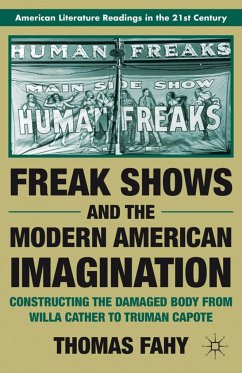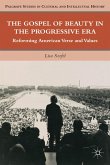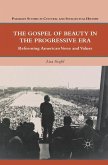This book examines the artistic use of freak shows between 1900-1950. During this period, the freak show shifted from a highly popular and profitable form of entertainment to a reviled one. But why? And how does this response reflect larger social changes in the United States at the time? Fahy examines this change and how artists responded.
"This eloquent and accessible book enhances our understanding of how and why our cultural imagination has given us the figure of 'the freak.' Fahy mines culture and literature with skill, excavating the often unnoticed and frequently misunderstood freaks for us to ponder. With great insight, he reveals the cultural work we ask these fellow humans to do on behalf of those of us who can somehow escape such a category." - Rosemarie Garland-Thomson, Emory University
"This is a compelling and engaging book that makes a significant contribution to the field of literary studies. Fahy argues convincingly that the freak show imprinted itself on the artistic imagination of early twentieth-century American writers. Some of the most important figures in American literature (William Faulkner, Willa Cather, Ernest Hemingway, F. Scott Fitzgerald, Carson McCullers, John Steinbeck, and Truman Capote) used either freak shows or images of the freakish body (drawing on the conventions of this entertainment) to address issues of difference in American culture. For Fahy, the freak show in American literature functions as a metaphor for problematic constructions of race, gender, sexuality, and disability in modern society. By focusing his study on the last forty years of the freak-show's mainstream popularity (1900-1940), he maps out a trajectory of troubling social attitudes during one of the most important periods in American literary history-modernism." - Kristin Ringleberg, Elon University
"This is a compelling and engaging book that makes a significant contribution to the field of literary studies. Fahy argues convincingly that the freak show imprinted itself on the artistic imagination of early twentieth-century American writers. Some of the most important figures in American literature (William Faulkner, Willa Cather, Ernest Hemingway, F. Scott Fitzgerald, Carson McCullers, John Steinbeck, and Truman Capote) used either freak shows or images of the freakish body (drawing on the conventions of this entertainment) to address issues of difference in American culture. For Fahy, the freak show in American literature functions as a metaphor for problematic constructions of race, gender, sexuality, and disability in modern society. By focusing his study on the last forty years of the freak-show's mainstream popularity (1900-1940), he maps out a trajectory of troubling social attitudes during one of the most important periods in American literary history-modernism." - Kristin Ringleberg, Elon University
'Fahy's accessible writing style, detailed explanations, and relevant quotations from the texts encourage those with interests in sociology of the body and literary criticism, as well as those with interests in cultural ethnography, to take up an interdisciplinary approach to the study and manifestations of freak discourse.' - Disability Studies Quarterly 'This eloquent and accessible book enhances our understanding of how and why our cultural imagination has given us the figure of 'the freak.' Fahy mines culture and literature with skill, excavating the often unnoticed and frequently misunderstood freaks for us to ponder. With great insight, he reveals the cultural work we ask these fellow humans to do on behalf of those of us who can somehow escape such a category.' - Rosemarie Garland-Thomson, Professor of Women's Studies, Emory University and author of Extraordinary Bodies and Staring: How We Look 'This is a compelling and engaging book that . . . maps out a trajectory of troubling social attitudes during one of the most important periods in American literary history-modernism.' - Kirstin Ringelberg, Elon University and author of Redefining Gender in American Impressionist Studio Paintings








